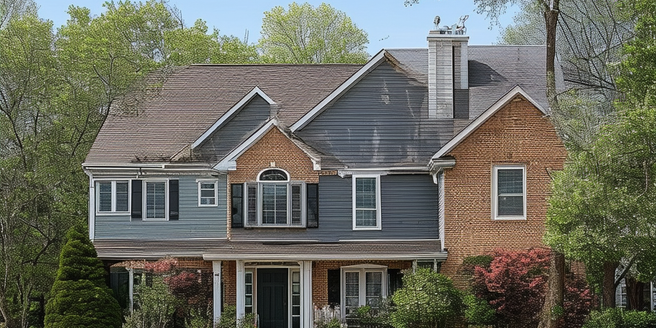Fixed-Rate Mortgages: Pros and Cons
Fixed-rate mortgages offer a consistent monthly payment due to their steady interest rate over the life of the loan. This stability makes budgeting easier for homeowners, which can be crucial for those with fixed incomes. They are particularly beneficial when interest rates are low, allowing borrowers to lock in these favorable terms. However, the primary disadvantage is their lack of flexibility. If interest rates fall, borrowers may find themselves paying more than they would with an adjustable-rate mortgage unless they refinance. Additionally, fixed-rate mortgages generally start with higher interest rates compared to their adjustable counterparts. This can make them less attractive for those planning to sell or refinance in a shorter time frame. Ultimately, a fixed-rate mortgage is ideal for those who value consistency and plan to stay in their home for the long term.
Adjustable-Rate Mortgages Explained
Adjustable-rate mortgages (ARMs) offer interest rates that fluctuate based on market conditions, usually resulting in initial lower monthly payments compared to fixed-rate options. This makes them attractive to borrowers who expect to sell or refinance before the adjustable period kicks in. An ARM typically features a fixed rate for a specified period, after which the rate adjusts periodically. However, the downside is the potential for increased payments if rates rise, posing a risk of monthly payment hikes. It’s critical for borrowers to understand how often and to what extent rates may adjust. Caps on adjustments can offer some level of protection, but uncertainty remains. For those who prioritize flexibility and can manage potential payment increases, ARMs can be advantageous, especially if they plan on moving before the adjustment period begins.
Government-Backed Mortgage Programs
Government-backed mortgage programs provide an avenue for borrowers who might struggle to secure conventional loans, often requiring lower down payments and offering more lenient credit requirements. Examples include FHA, VA, and USDA loans. FHA loans cater to first-time buyers with lower credit scores and smaller down payments, while VA loans offer military veterans no down payment options and competitive interest rates. USDA loans benefit rural property buyers with income limitations but no down payment requirement. These programs alleviate financial barriers, making homeownership more attainable. However, they may come with higher insurance costs or additional fees. It’s essential to evaluate the long-term implications of these extra costs. Government-backed mortgages can serve as valuable tools for those needing financial help, yet careful consideration of their terms and conditions is vital.
Interest-Only Mortgages: Risks and Rewards
Interest-only mortgages provide borrowers lower initial payments by allowing them to only pay interest for a predetermined period. This can be beneficial for those anticipating a rise in income or planning investments with returns. After the interest period, payments increase significantly as borrowers then pay both principal and interest. This type of mortgage is risky if property values decline or income does not increase, potentially leading to financial strain. Homeowners must be disciplined in managing extra payments or investments to make principal reductions. It’s crucial to assess long-term financial objectives and stability when considering an interest-only mortgage. While initial savings might appeal, the transition to higher payments can challenge those unprepared. This option suits borrowers with a clear strategy to handle changes after the interest-only term ends.
Key Factors to Consider When Choosing a Mortgage
Choosing a mortgage requires evaluating several critical factors to ensure you make an informed decision. First, assess your financial situation, including credit score, income, and savings, to determine what you can afford. Debt-to-income ratio plays a vital role in deciding the mortgage size lenders are willing to offer. Second, consider how long you plan to stay in the home since this impacts whether a fixed or adjustable-rate mortgage is more suitable. Interest rates, both current and projected, should influence your decision, as will the size of the down payment you can make. Lastly, account for additional costs such as closing fees, insurance, and potential rate increases. Thoroughly understanding these elements will help in selecting the mortgage type that aligns best with your financial goals and homeownership plans.



